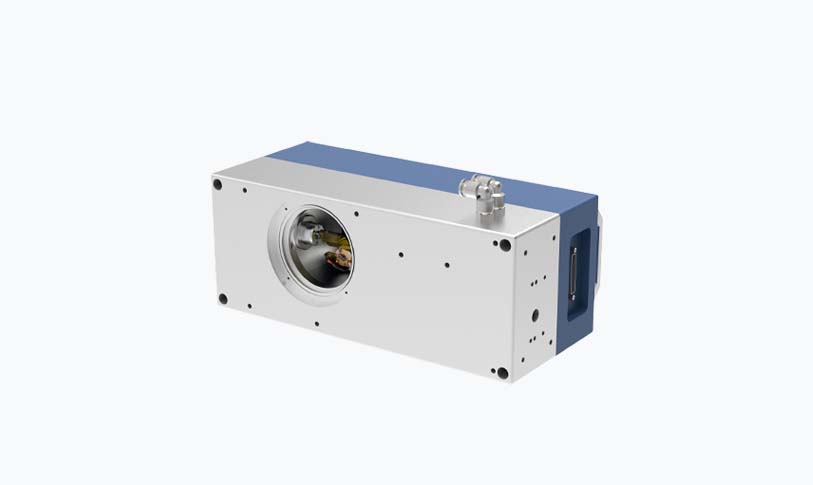[laser cutter software open source]Exploring the Benefits and Features of Open Source Laser Cutter Software: Empowering Makers and Designers Worldwide
In the world of digital fabrication, laser cutting has become an indispensable technology, empowering designers, artists, and manufacturers to create intricate and precise products ranging from jewelry to architectural models. However, the effectiveness of a laser cutter is heavily reliant on its software. While there are several commercially available software options, open-source laser cutter software has become increasingly popular, offering unique advantages for makers and DIY enthusiasts. This article explores the benefits and features of open-source laser cutter software, how it enhances creativity, and the growing community behind these tools.
What is Open Source Laser Cutter Software?
Open source laser cutter software is a type of software that allows users to access, modify, and distribute the software’s source code. Unlike proprietary software, which comes with restrictions and licensing fees, open-source software encourages collaboration and innovation within the maker community. Examples of popular open-source laser cutter software include programs like Inkscape, LaserWeb, and MakerCAM, each providing tools tailored to different aspects of laser cutting.
Benefits of Open Source Laser Cutter Software
1. Cost-Effectiveness
One of the most significant advantages of open-source software is its cost-effectiveness. Most open-source laser cutter programs are free to download and use, eliminating the financial burden associated with licensing fees for proprietary software. This accessibility allows hobbyists, students, and small businesses to utilize advanced laser cutting technology without significant investment, fostering creativity and innovation in the design process.
2. Flexibility and Customization
Open-source laser cutter software offers unparalleled flexibility. Users can customize or modify the software to fit their specific needs, adapting the features and functionalities to suit various projects. This customization includes integrating new features, fixing bugs, or improving performance—an essential aspect for those working on specialized projects. Additionally, since users can access the source code, they can share their modifications with the community, pooling collective knowledge to enhance the software continually.
3. Community Support

Exploring the Benefits and Features of Open Source Laser Cutter Software: Empowering Makers and Designers Worldwide
Open-source projects thrive on community support and collaboration. This vibrant community often consists of makers, engineers, and software developers who provide assistance through forums, documentation, and tutorial videos. Users can find help with troubleshooting, learning new features, or seeking advice on project implementations. The community aspect fosters a spirit of collaboration, with many users eager to share their experiences and insights, which is particularly valuable for newcomers to laser cutting and design.
4. Compatibility with Various Hardware

Exploring the Benefits and Features of Open Source Laser Cutter Software: Empowering Makers and Designers Worldwide
Many open-source laser cutter software options have been designed with compatibility in mind, allowing them to connect seamlessly with different types of laser cutters and controllers. This versatility means users are not tied to specific hardware solutions and can select a laser cutter that meets their needs without worrying about software restrictions. This is especially beneficial in educational and maker spaces, where multiple laser cutter models may be available.
5. Frequent Updates and Improvements
The open-source nature of these software programs allows for continuous improvements and updates driven by community contributions. As new technologies and techniques emerge, the software can evolve rapidly to incorporate these developments. This responsiveness to change keeps users equipped with the latest features and capabilities, ensuring they can utilize the most current advancements in laser cutting technology.
Popular Open Source Laser Cutter Software
1. **Inkscape**: Although primarily a vector graphic design program, Inkscape offers extensions that allow users to prepare designs for laser cutting. It’s user-friendly and supports a wide range of file formats.
2. **LaserWeb**: This software is designed explicitly for laser cutting and engraving. It provides an intuitive interface for controlling laser machines and enables users to visualize their design paths effectively.

Exploring the Benefits and Features of Open Source Laser Cutter Software: Empowering Makers and Designers Worldwide
3. **MakerCAM**: A web-based CAM (Computer-Aided Manufacturing) software, MakerCAM enables users to generate tool paths for their laser cutters directly in the browser, making it a convenient option for quickly going from design to production.
Conclusion
Open source laser cutter software is transforming the landscape of digital fabrication by providing accessible, customizable, and community-driven tools for users at all skill levels. Its benefits, including cost-effectiveness, flexibility, and a robust support network, empower makers and designers worldwide to explore their creativity without financial or technological constraints. As the demand for innovative and intricate designs continues to grow, the role of open-source software in laser cutting will likely become even more crucial, driving forward a new era of digital making and manufacturing. By embracing open-source solutions, users can not only enhance their capabilities but also contribute to a thriving community that champions collaboration and innovation in technology.3d printing software
